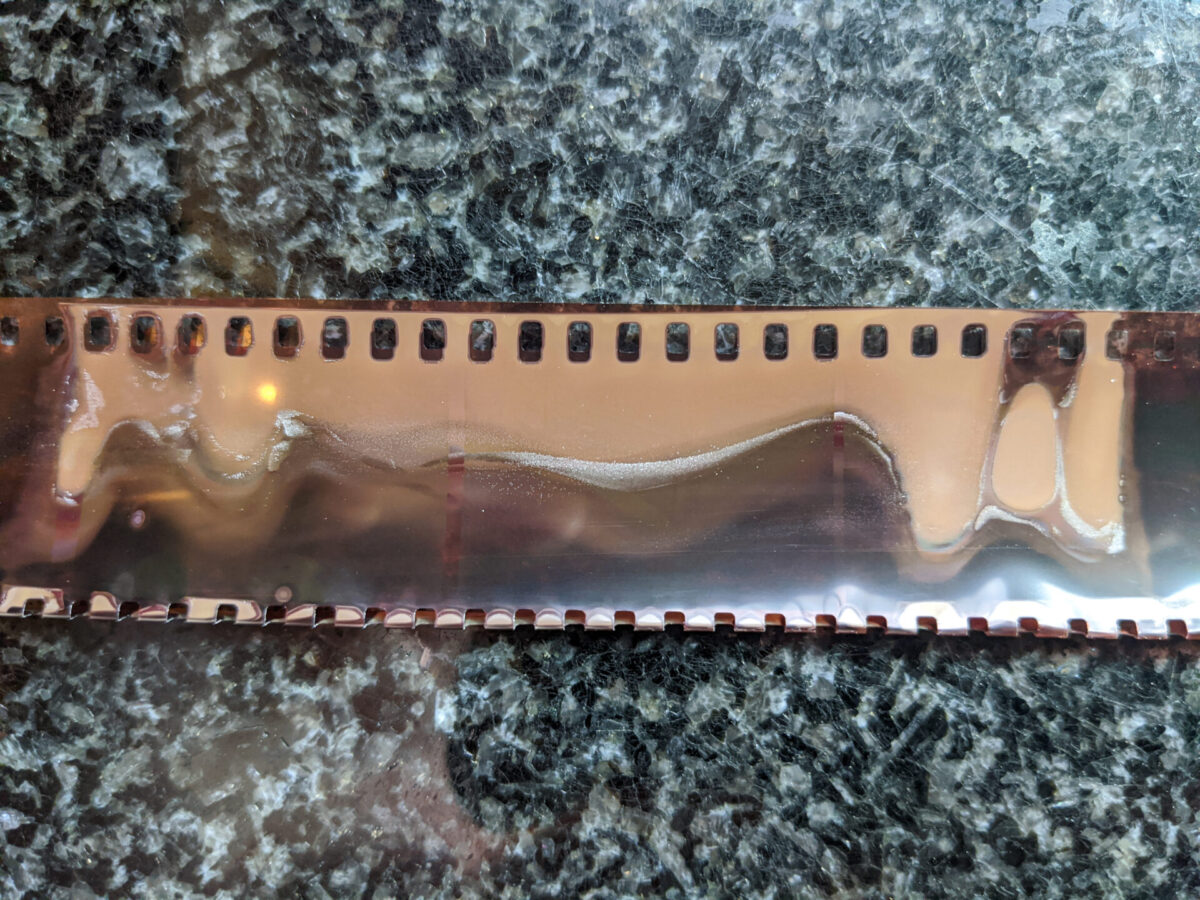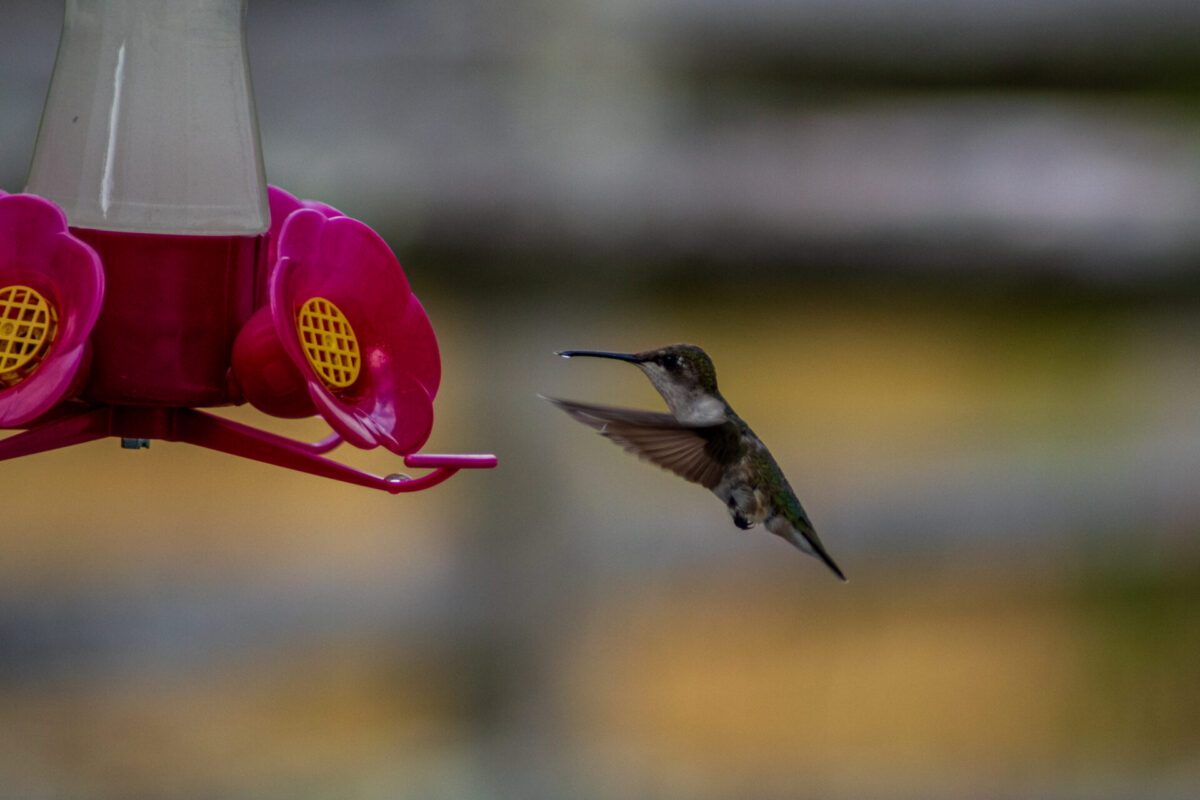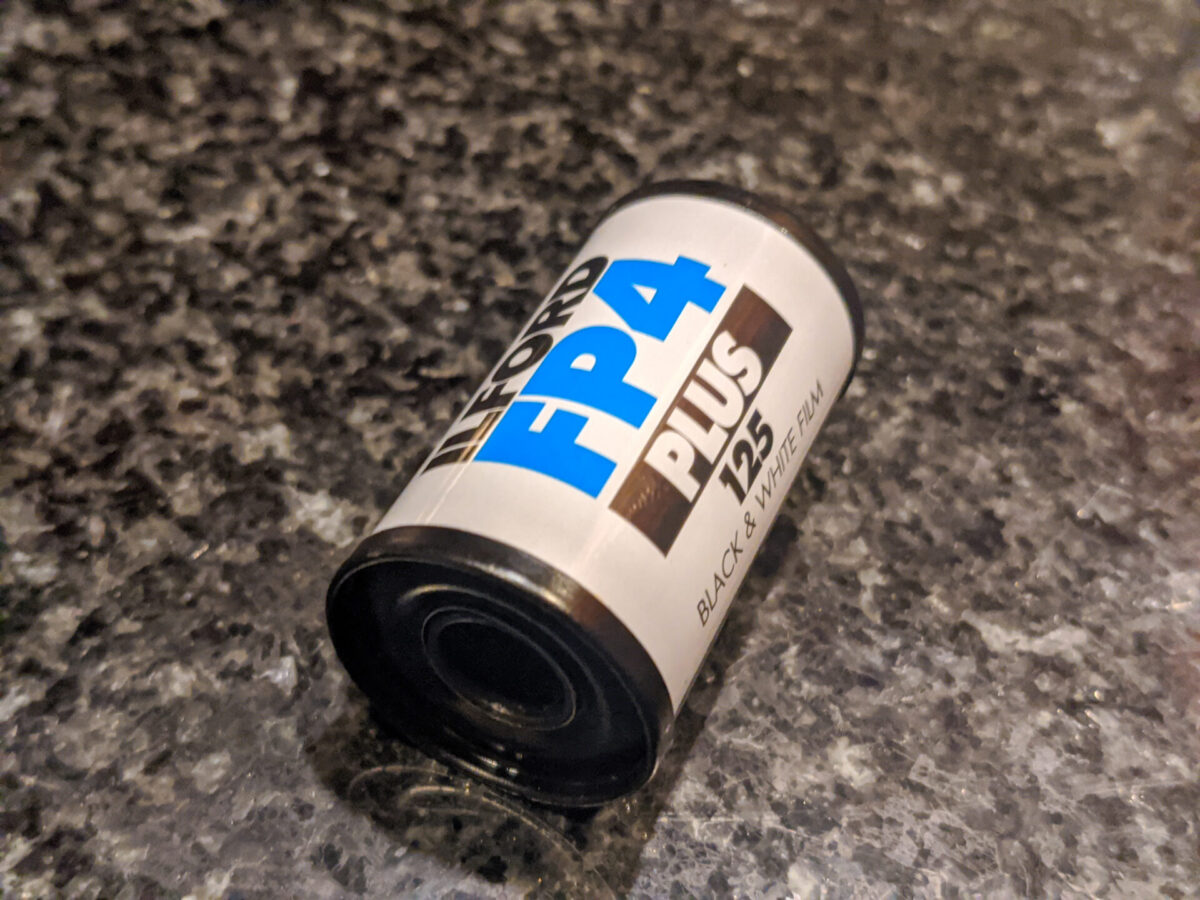I just developed my latest roll of film and it came out burnt looking. It really is the best way to describe it.
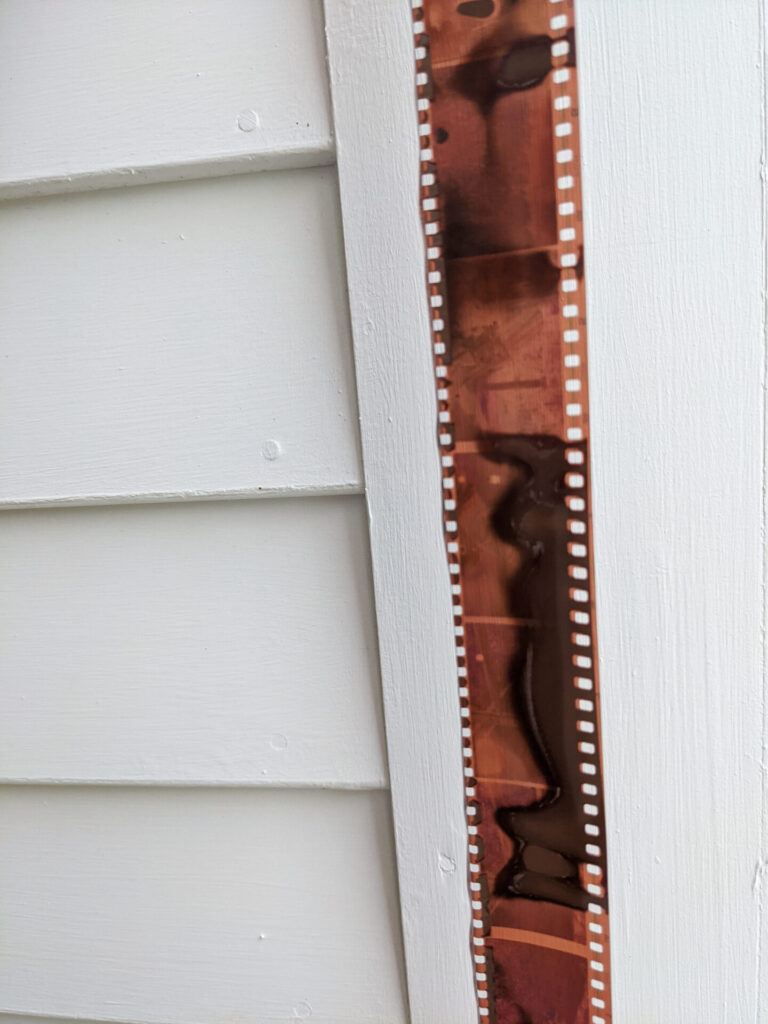
What happened was that one side of the film got caught in the camera or in the developing wheel (I used a lab box, not a manual spooling method) and with the bent over end it did not spool correctly. This left the film touching itself and sticking to itself so the developer liquid could not contact the surface to correctly develop the film.
This is that result.
Many good shots were lost, but a few were salvaged and have that interesting light leak look.
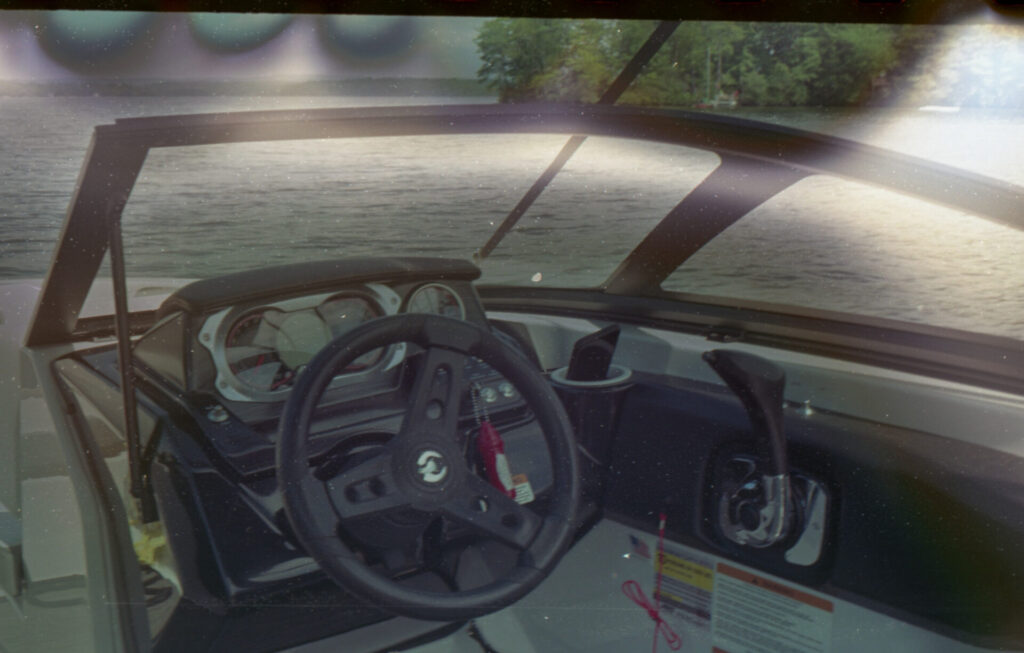
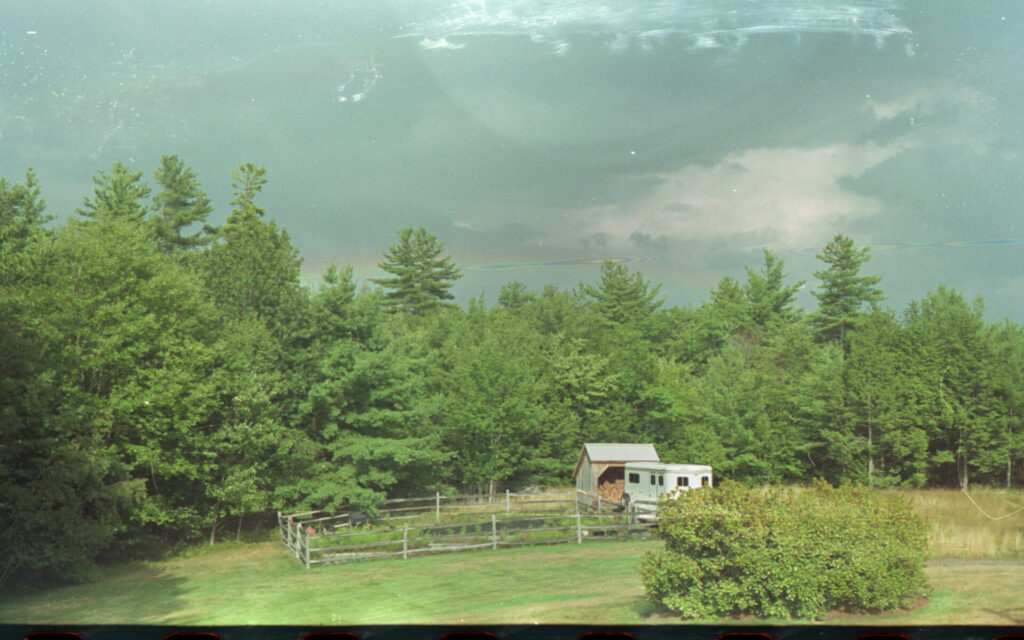
To avoid this I need to make sure my film is loaded into the camera perfectly before closing the door. I tried to get this one to load early so I could get one more shot out of the roll. That desire for an early shot cost me an entire roll of film.
Just not worth it!!!
The other part will be to start spooling my film manually again and not relying on the lab box so much. It’s a great tool, but manually isn’t that much more trouble and I know it is spooled up correctly.
Third will be for me to in a sense ruin a roll of film on purpose and keep it as a test roll so I can try out new cameras to make sure I am loading the roll correctly, etc.
Last will be that I stop doing too many new things at once. This was a new camera, different film, I pushed the developing 1 stop. Too many variables that I didn’t take account for. Every time I tend to do more than one new addition or change to my process and something screws up, then I have to guess what happened as opposed to easily using the process of elimination.
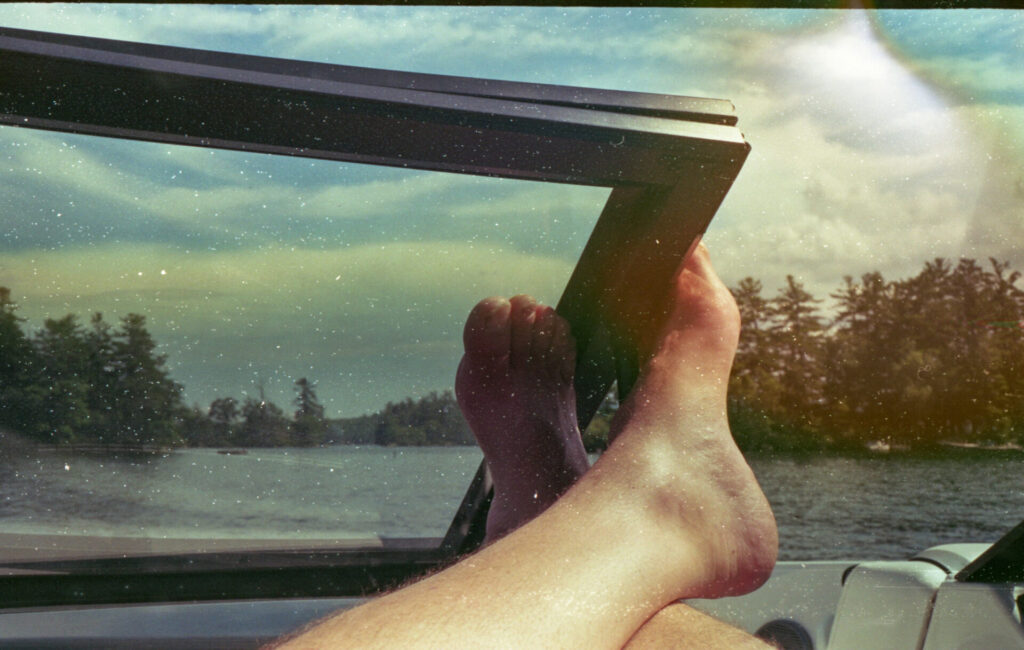
Nothing I can do about it but just sit back, take a deep breath, and try again. I loaded the Canonet QL17 Rangefinder with Kodak Ultramax 400, made sure it was fed correctly and moving correctly so now I can try again.
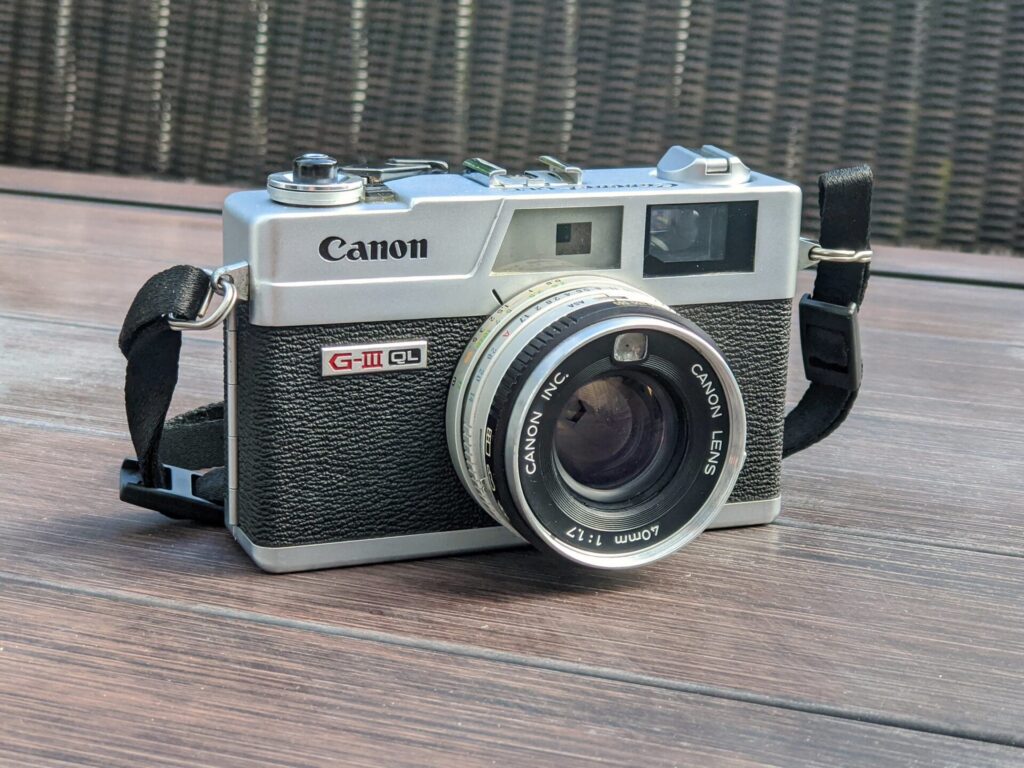
Everything we do is about the learning process. I have now learned what not to do and while it sort of stinks, I’m also grateful for the lesson.
